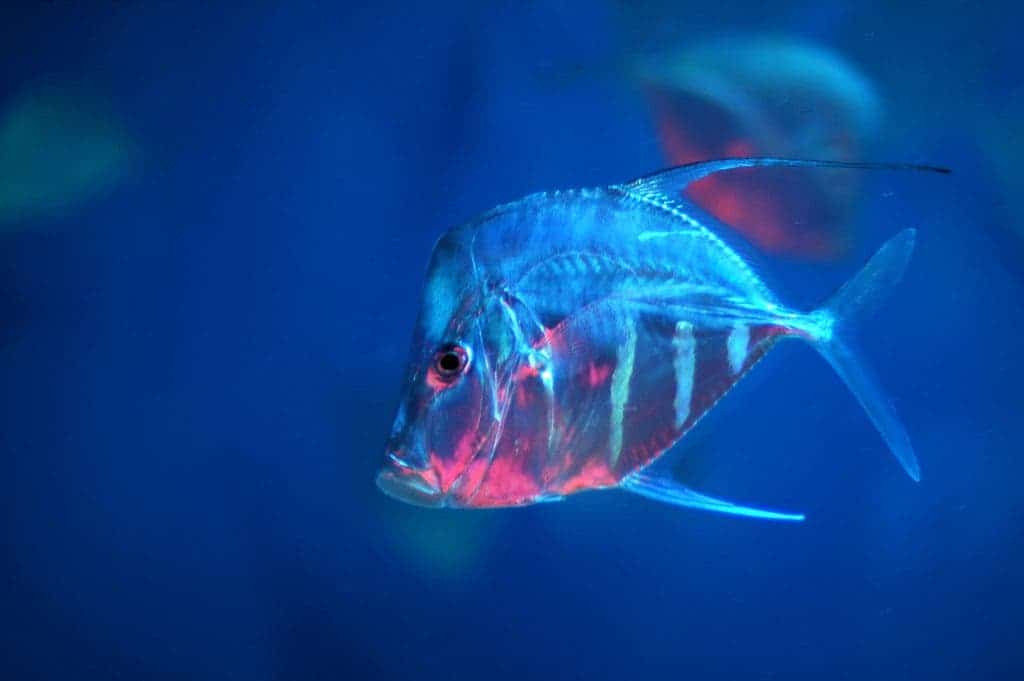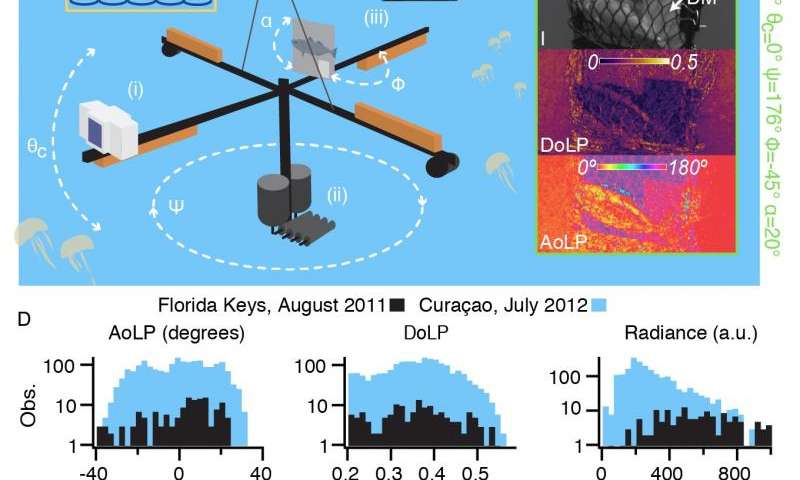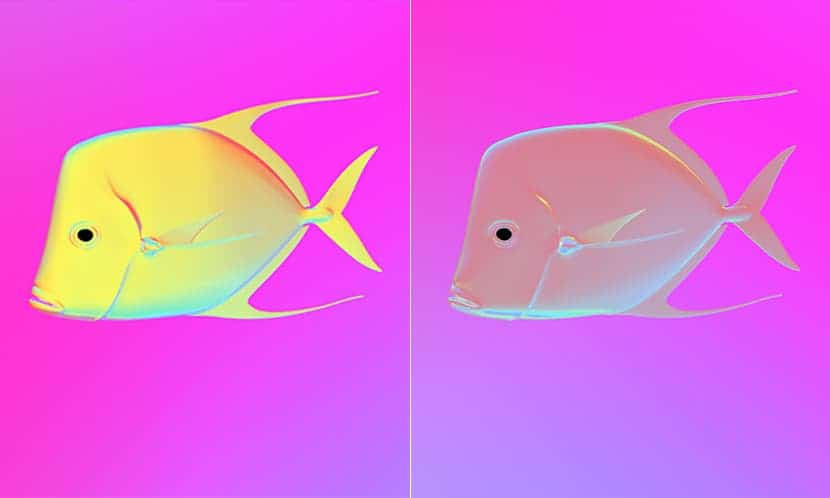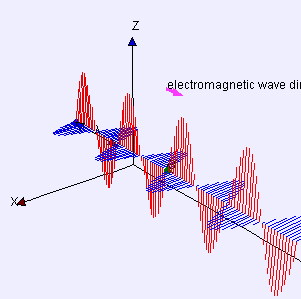You’d think there’s not much a little fish can do to hide from predators in open waters. But when rocks, algae and other marine nooks and crannies are nowhere to be found, fish turn to manipulate the physical interactions of light to balance the scale. For instance, some open ocean fish species employ specialized skin cells that reflect polarized light. This reflection is most effective, not coincidentally, at the ‘chase angle’ or from the predator’s point of view. It’s so effective that the US Navy is funding work that might shed light how exactly some fish do this and how this can be applied to make submersibles equally inconspicuous.

Light waves are transverse electromagnetic waves, meaning these travel like waves in a rope. . A light wave that is vibrating in more than one plane is referred to as unpolarized light. Light emitted by the sun, by a lamp in the classroom, or by a candle flame is unpolarized light. Such light waves are created by electric charges that vibrate in a variety of directions, thus creating an electromagnetic wave that vibrates in a variety of directions. It’s helpful to see unpolarized light as a wave that has an average of half its vibrations in a horizontal plane and half of its vibrations in a vertical plane, like the animated diagram shows below.
Beneath the surface of the water, however, light tends to be polarized. University of Texas at Austin researchers say that many fish species have evolved the ability to detect polarized light. The obvious next step, of course, was to exploit polarized detection and manipulate visibility.
In the open ocean, visibility depends on three main light patterns: brightness contrast, color contrast and polarization contrast. You might have noticed that many fish are silvery, which bounces light off like a mirror. But this camouflage approach works well only if the surrounding water appears uniform. Polarized light is an important component of the underwater light field. So, using mirrors inside such a field might actually backfire. This is why polarized light contrast is considered the most important mean of detection, and why the U.S. Navy has been supporting research like this for many years.
The Navy wants one day for its submersibles to evade detection by manipulating polarized like just like the lookout and a bigeye scad. These fish and three others were studied in the open ocean by the University of Texas at Austin researchers, using a custom-built contraption. The team employed a video polarimeter that can record polarized light in real time, allowing the researchers to essentially see polarized light as fish do. Each fish was confined to a platform that also had a mirror. The platform was rotated for three minutes so that the polarimeter could record from every angle. The process was repeated until 1,500 angle configurations were recorded.

Results show that fish like the lookdown and the bigeye scad had much better camouflage in polarized light than a mirror had. Moreover, the best camouflage was recorded at the so-called ‘chase angle’, which extends out 45 degrees in all directions from the tail or head. The fish achieves this by employing a specialized structure in their platelets within the skin cells, which scatter polarized light differently depending on the angle.
“Fish have evolved the means to detect polarized light,” said Molly Cummings, professor of integrative biology in the College of Natural Sciences. “Given that, we suggested they’ve probably evolved the means to hide in polarized light. If we can identify that process, then we can improve upon our own camouflage technology for that environment.”
“I think it’s a great example of how human applications can take advantage of evolutionary solutions and the value of evolutionary biology,” said Cummings. “It’s important for people to recognize that we take advantage of evolutionary processes and solutions all the time and that even our military does.”

Was this helpful?




